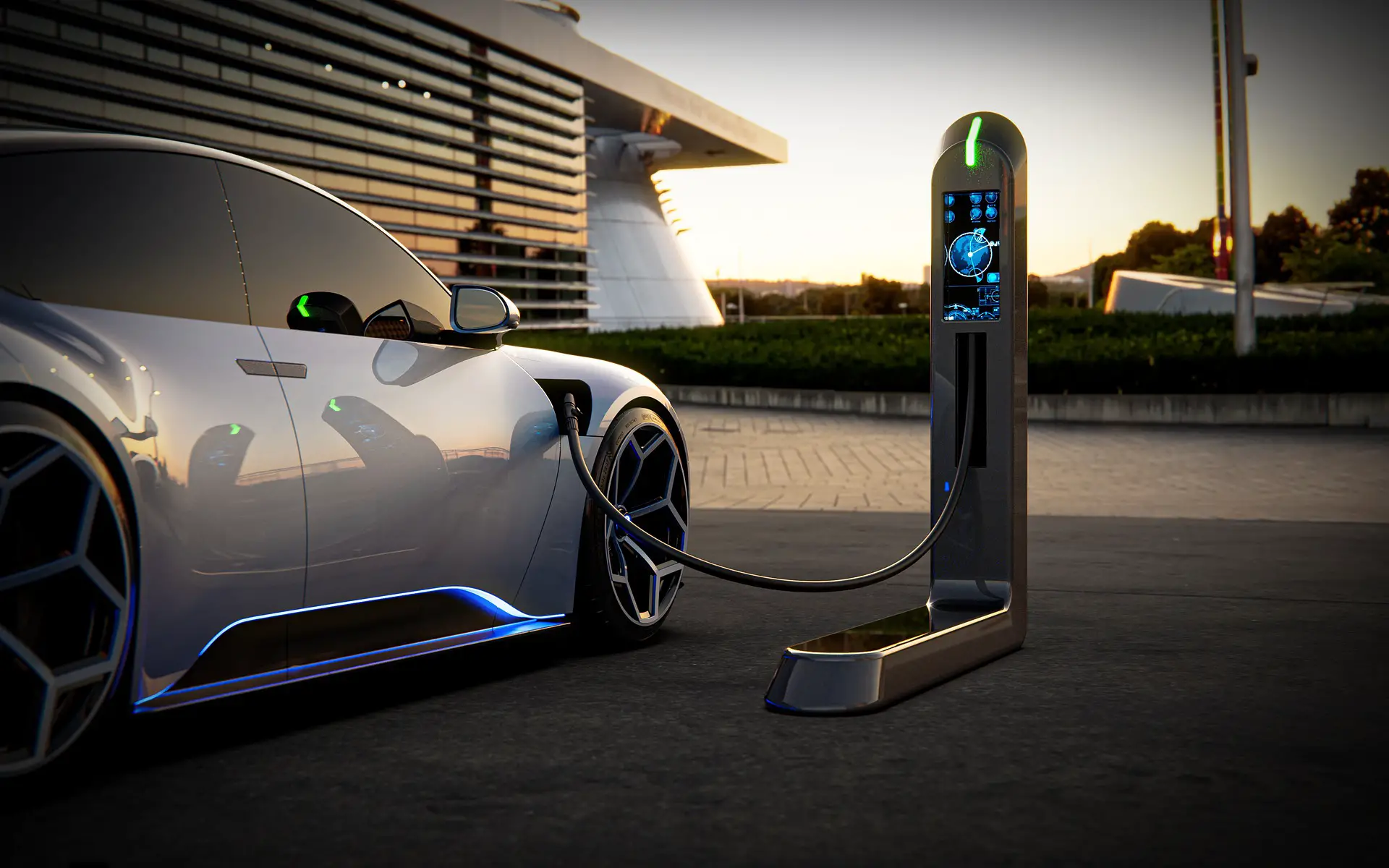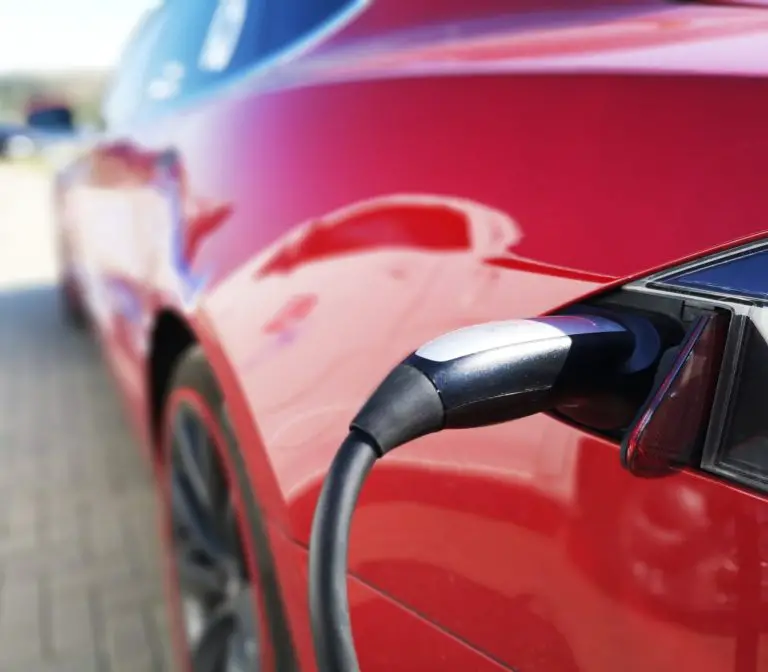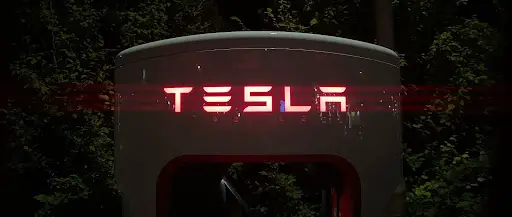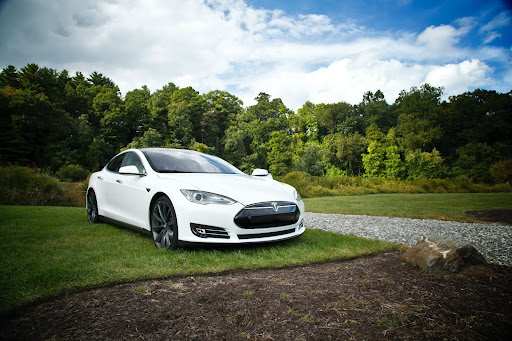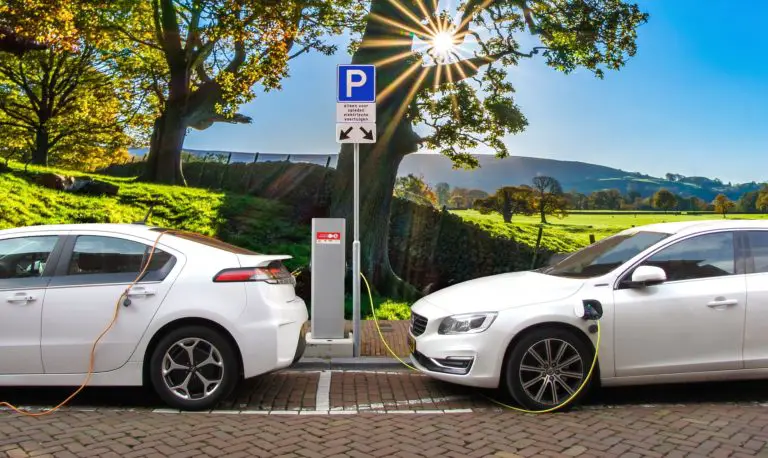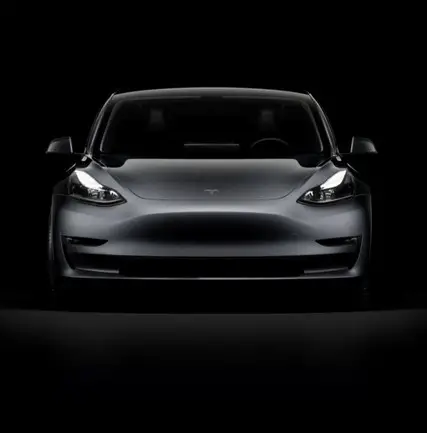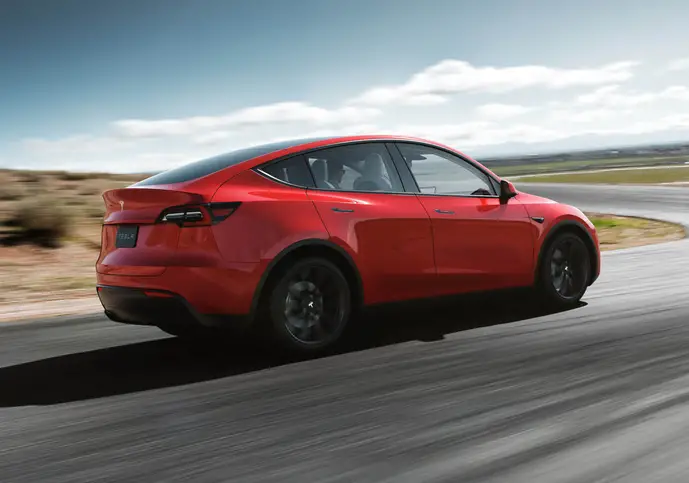Can Electric Cars Be On While Charging?
The electrical car revolution has begun, with countries like the United Kingdom setting specific dates to outlaw the sale of gas-powered cars. This revolution will positively impact the environment, but it also changes the paradigm of how motor cars are seen.
It is entirely safe to charge an electric car, whether it is occupied or not, and whether the driver uses its accessories such as the sound system, air conditioner or heater, or even defrosting ice off the windscreen. An electric vehicle is always on, whether it is charging or not.
Charging the battery of an electric vehicle is a normal part of the ownership experience in the same way that filling the gas tank of a conventional car is. While you should switch off a traditional car engine while the tank is being filled, such restriction does not apply to electric vehicles.
Table of Contents
- Electric Vehicles Can Be On While Charging
- Can Electric Vehicles Be Charged When Moving?
- Electric Vehicles Redefine How Drivers Use Them
- Electric Vehicles Are More Flexible Than Others
- In Cold Weather, The Electric Vehicle Must Be Charging
- Conclusion
Electric Vehicles Can Be On While Charging
Electric cars are not turned on and off in the same way traditional internal combustion engine cars are.
Whereas the process to start an internal combustion engine is to first turn the ignition on and then crank the starter motor, electric cars only need to be activated to start.
In that sense, an electric vehicle is always “on” irrespective of whether or not it is being charged.
After you have disabled the security system with a key or card, starting most electric vehicles involves pressing the brake pedal and selecting a gear.
Once you have disabled the security system, an electric vehicle is similar to the ignition being switched on in a car with an internal combustion-powered engine.
As charging an electric vehicle becomes so much of everyday life, more and more owners will find ways to entertain themselves while staying in the car when it is being charged.
While you can use all of the accessories in an electric vehicle while the battery is charging, drivers should be aware that the more current is drawn, the longer the charge will take.
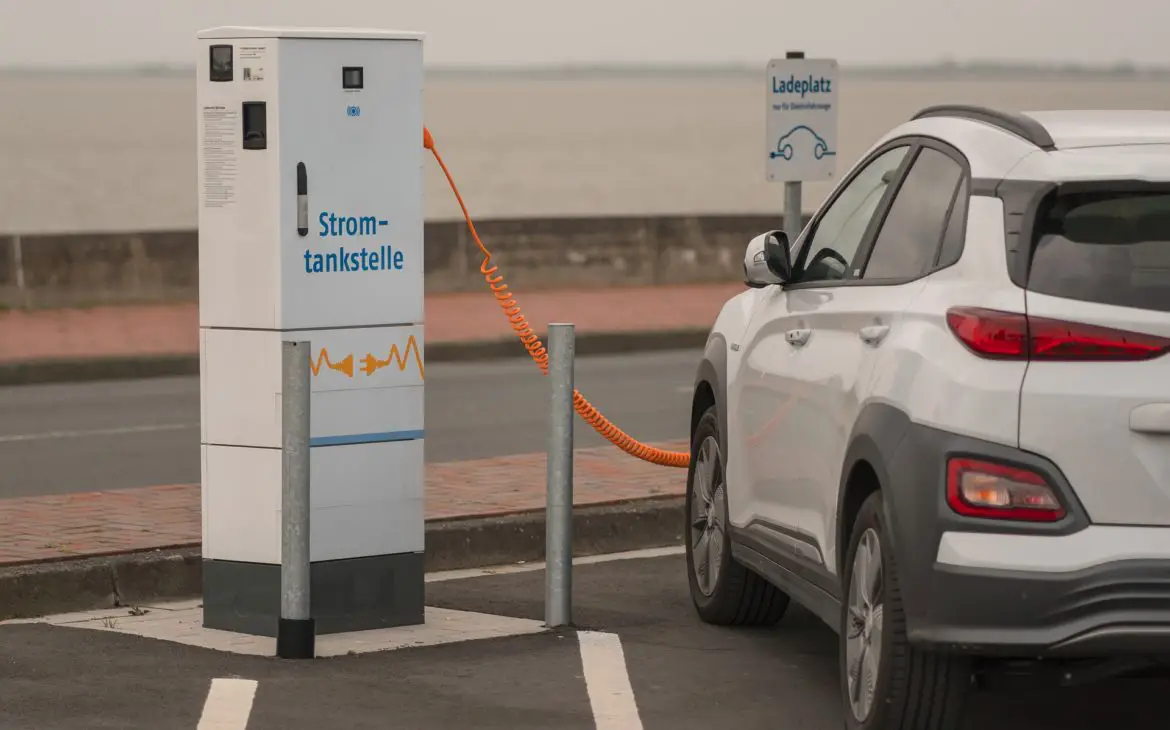
Can Electric Vehicles Be Charged When Moving?
It would be completely safe if the technology were available to charge an electric vehicle while moving.
In fact, with modern electric cars, to a limited degree, this process already happens. The electric motor serves two functions. It powers the vehicle, making it move in the driver’s direction.
The second function activates when the car coasts down a hill; the motor becomes a generator that recharges the battery.
It is further evidence that it is entirely safe to switch the power on when an electric vehicle is charging.
There are some exciting test environments where the road surface will become a wireless charging platform for the electric vehicle. If these can be validated and commercialized, they will charge the electric cars every time they are driven.
Electric Vehicles Redefine How Drivers Use Them
Most people will remember being left in an older car while a parent quickly ran into the shops, with strict instructions that the radio and fan must be kept off.
When a car powered by an internal combustion engine is not running, the battery is in a permanent discharge state.
Without the engine running, turning the ignition on increases the drain as various utility equipment (such as gas pumps) activate to prepare the car for starting.
Using the cool air fan or radio only exacerbates the problem. If the car stays in this condition for too long, the battery will have insufficient current to turn the starter motor over and fire up the engine.
Hence the stern instruction to not use electrical accessories when the engine is running.
The alternator kicks in once the engine starts and the battery is replenished.
For the following reasons, electric vehicles do not have the same constraints.
- The batteries in Electric vehicles are substantially larger than the small 12-volt units found in conventional cars
- An electric vehicle battery is “filled up” by connecting the car to an external charging source, which is a normal part of the everyday procedure
- If the battery of an internal combustion engine car is drained, it has to be recharged by disconnecting the leads and attaching a charger cable to it
- Using accessories that drain a conventional car’s battery is discouraged
- Whether the vehicle is moving or stationary, you can use the accessories in an electric vehicle. These include the air conditioner, the central computer, the security cameras, the lights, the heater, and defrosting system.
In summary, while a conventional car battery is being drained when the engine is switched off, a parked electric vehicle is in the same state, irrespective of whether it is running.
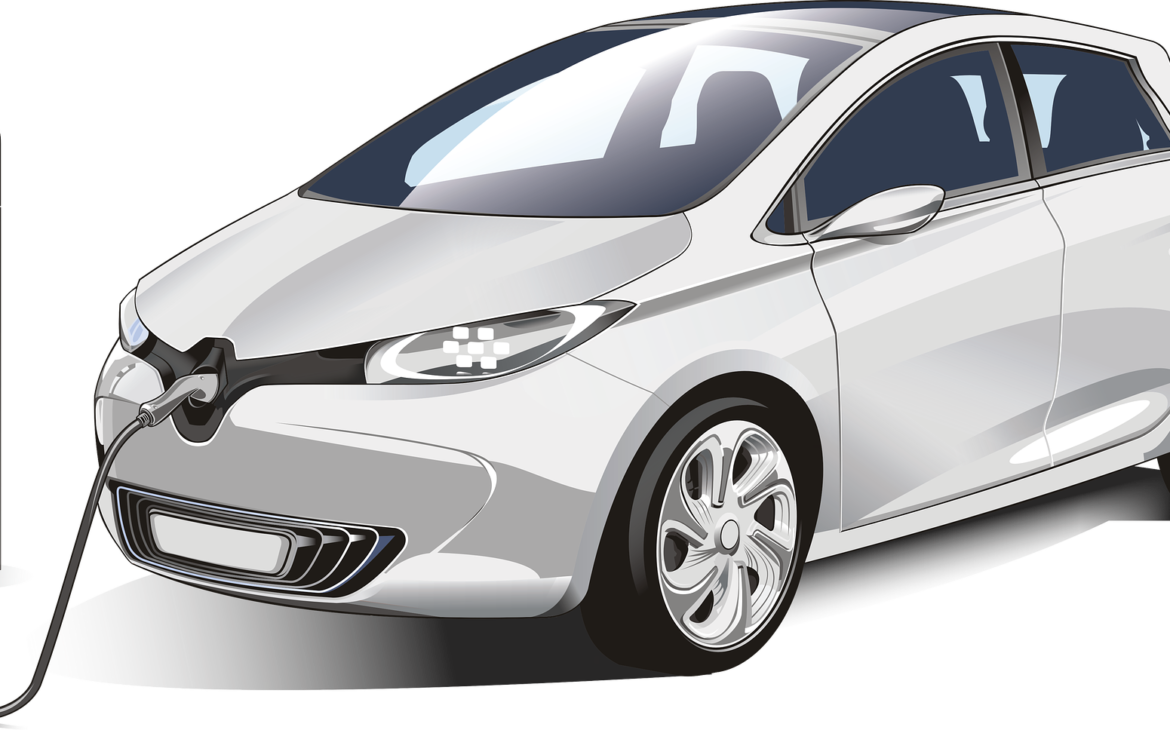
Electric Vehicles Are More Flexible Than Others
As electric vehicles remain “on” whether the car is in motion or not, it gives the owner much more flexibility in how the vehicle is used.
Although electric vehicle manufacturers will void the warranty with the current state of technology if the owner uses the vehicle to power the home, there is a good chance that this capability will be added in the future.
Electric vehicles precondition the battery, and the interior of the car, to either increase or reduce the temperature before the journey begins.
Electric vehicle owners can access parts of the world wide web from the screens in their cars, and as driving becomes more autonomous, these features will become more prevalent.
In Cold Weather, The Electric Vehicle Must Be Charging
The batteries in an electric vehicle are negatively affected by icy conditions.
The lower the temperature, the less efficient an electric vehicle’s battery is. In a Lithium-Ion battery, the current is created by the movement of the Ions through a liquid electrolyte.
The colder it gets, the denser the electrolyte, and the harder it is for the ions to move freely. The ions move slower, creating more resistance, speeding up the power drain.
Electric Vehicle manufacturers have developed complex systems to reduce the impact of cold weather by actively heating the battery.
If the electric vehicle is not plugged into a mains electrical supply, the EV will use the battery’s charge to heat it. It draws down the battery charge and further reduces the range of the car.
Therefore, electrical vehicle manufacturers recommend that the electric vehicle be plugged into and continually charged by an external power supply while these preconditioning functions are active.
Conclusion
Although an electric vehicle is not switched on and off in the same way as an internal combustion engine-powered vehicle, it is entirely safe for all vehicle systems to be activated when the car is being charged.
The electric vehicle manufacturers suggest that before some of the systems, such as the battery preconditioner, are activated, the car is plugged into an external electrical power source, and the battery is continuously charged.
Amazon and the Amazon logo are trademarks of Amazon.com, Inc, or its affiliates.

